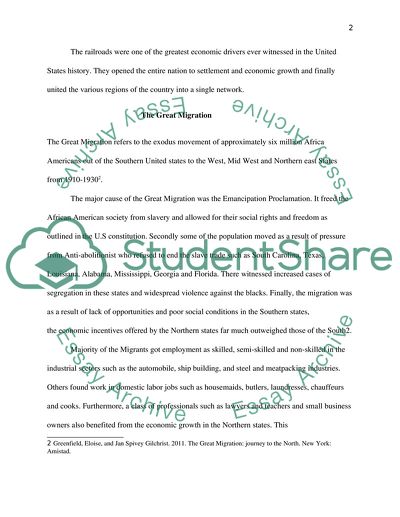Cite this document
(“Railroad Network after the Civil War Assignment”, n.d.)
Railroad Network after the Civil War Assignment. Retrieved from https://studentshare.org/history/1595169-railroad-network-after-the-civil-war
Railroad Network after the Civil War Assignment. Retrieved from https://studentshare.org/history/1595169-railroad-network-after-the-civil-war
(Railroad Network After the Civil War Assignment)
Railroad Network After the Civil War Assignment. https://studentshare.org/history/1595169-railroad-network-after-the-civil-war.
Railroad Network After the Civil War Assignment. https://studentshare.org/history/1595169-railroad-network-after-the-civil-war.
“Railroad Network After the Civil War Assignment”, n.d. https://studentshare.org/history/1595169-railroad-network-after-the-civil-war.


